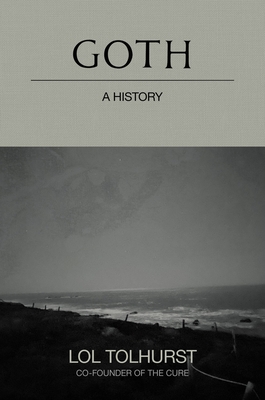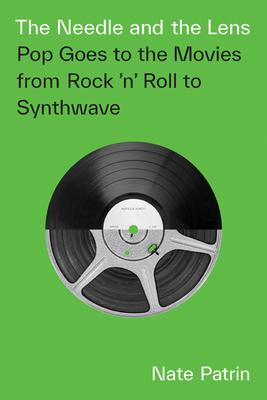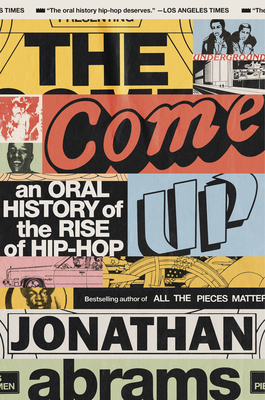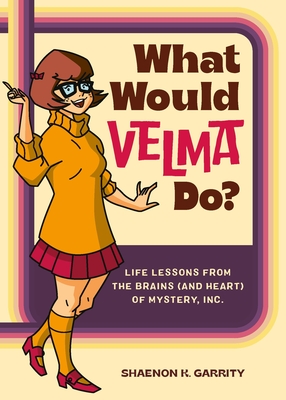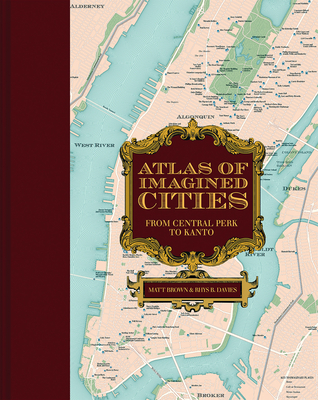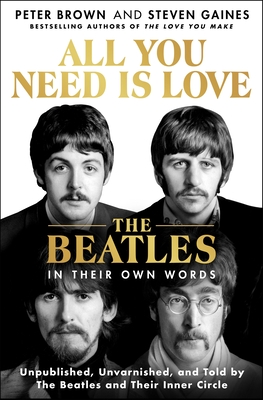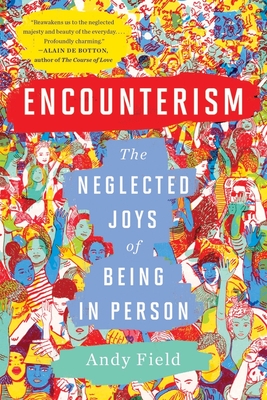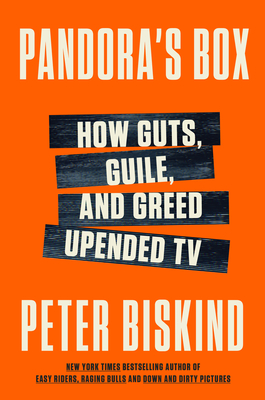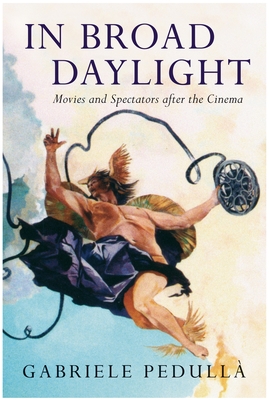
In Broad Daylight: Movies and Spectators After the Cinema
Description
From plasma screens to smartphones, today moving images are everywhere. How have films adapted to this new environment? And how has the experience of the spectator changed because of this proliferation? In Broad Daylight investigates one of the decisive shifts in the history of Western aesthetics, exploring the metamorphosis of films in the age of individual media, when the public is increasingly free but also increasingly resistant to the emotive force of the pictures flashing around us. Moving deftly from philosophy of mind to film theory, from architectural practice to ethics, from Leon Battista Alberti to Orson Welles, Gabriele Pedullà examines the revolution that is reshaping the entire system of the arts and creativity in all its manifestations.
Praise for In Broad Daylight: Movies and Spectators After the Cinema
“Charming and highly readable ... the book is well observed and gives a concise sense of what may be at stake in the current technological transformations of film viewing.”—Artforum
“Insights abound, and the author’s facility with so many different disciplines—from ancient Greek philosophy to 20th century semiotics—will ensure that casual filmgoers and academics alike find something salient to ponder in Pedullà’s treatise.”—Publishers Weekly
“Technical reproducibility of the work of art and anatomy of the society of the spectacle: Pedullà’s book is the first to take a real step forward from the analyses of Walter Benjamin and Guy Debord.”—Paolo Virno, author of A Grammar of the Multitude
“A welcome shift in focus ... A compelling archeology of the darkened spectatorial space, ranging back to Greek antiquity and the Renaissance.”—Jonathan Crary, Columbia University
“A novel film theory ... Thanks to the reasoned revelations of Pedullà we see just how challenged—if not endangered—audiovision has become in the century before us.”—Thomas Harrison, UCLA
“A surprising journey between present and past, theory and history, places and narratives, Pedullà’s book casts new light (daylight?) to show where post-cinema stands today.”—Francesco Casetti, Yale University
“Fascinating ... A lucid analysis that considers everybody, from the pure cinephile to the household consumer, to understand who we were, who we are today, and above all where we are likely to end up.”—Tiberia De Matteis, Il Temp
“An intelligent and penetrating book.”—Marco Belpoliti, La Stampa
“A courageous book, which through an exacting analysis demolishes the fetishism of the work of art.”—Andrea Di Consoli, L’Unità
“A book both lovely and useful ... an example of engaged criticism that aims to explode the inveterate stereotypes of cinephilia.”—Massimo Raffaeli, Il manifesto-Alias
“A Copernican Revolution.”—Franco Cordelli, Il Corriere della Sera
“Going to the cinema used to be the only way you could watch a film. Now you can do it anywhere. Pedullà’s interesting little book announces that the age of the cinema theatre as the form’s primary ‘aesthetic device’ is over.”—Steven Poole, Guardian
“[Pedulla’s] concise, surprising essay... is worked up to via a careful engagement with Stanley Cavell on tragedy and Serge Daney on the question of the ethical position available to the post-cinematic viewer.”—Sight & Sound


